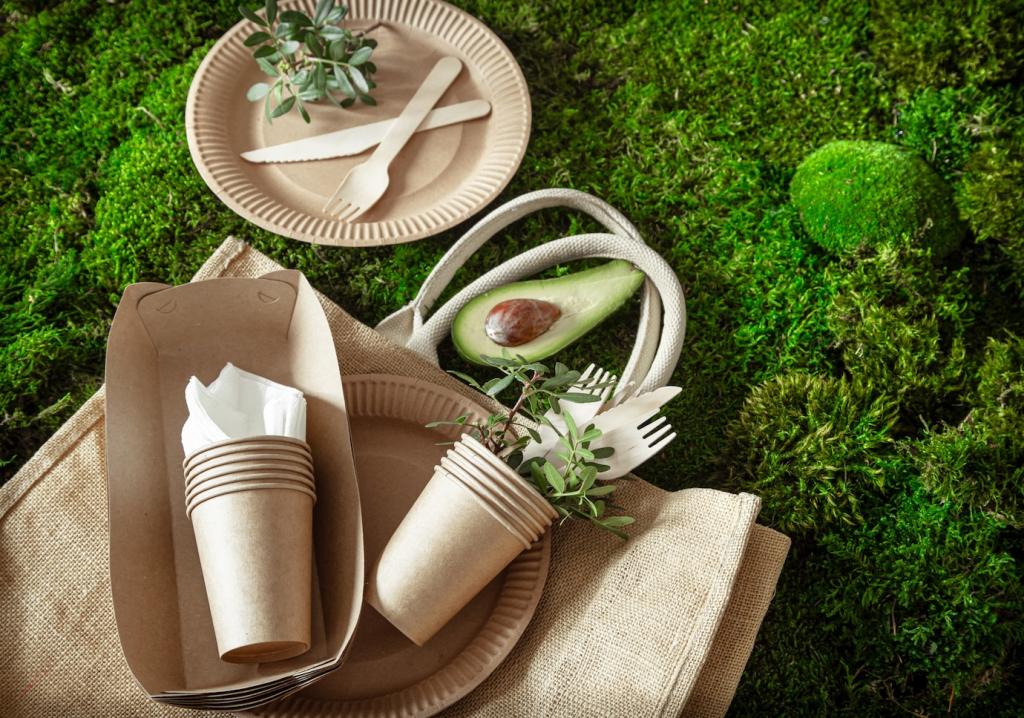Color, Sheen, and the Look of Natural Beauty
Matte hides imperfections and fingerprints, satin balances glow and practicality, while semi-gloss pops grain with extra reflectivity. Consider light direction and room size. Which sheen makes your small hallway feel bigger and brighter?
Color, Sheen, and the Look of Natural Beauty
On tannin-rich woods like oak, consider a low-VOC tannin-blocking sealer or dewaxed shellac undercoat. It preserves color accuracy and reduces stains. Share your results when pairing whitewash tones with eco-friendly topcoats.




